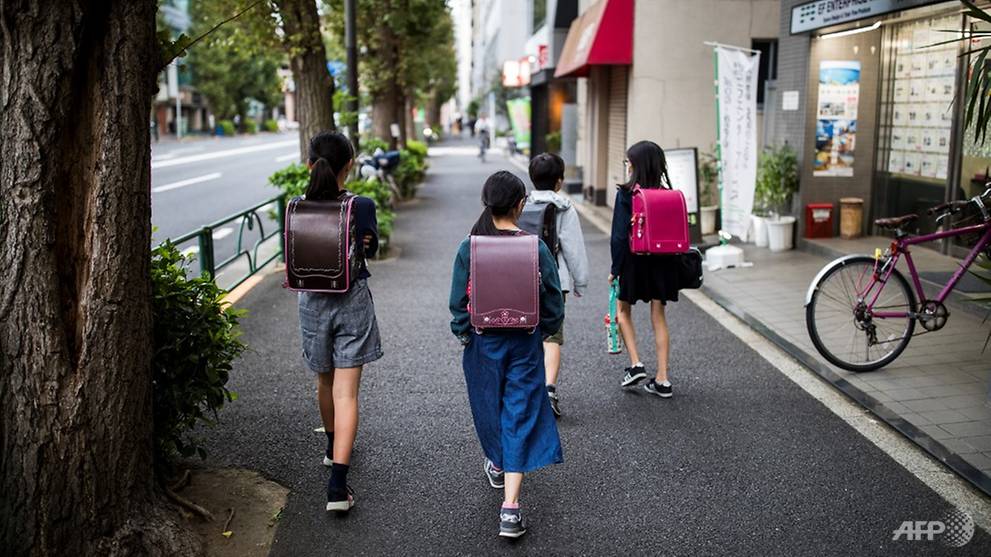
School lunches keep Japan’s kids topping nutrition lists
TOKYO: Japan manages a rare feat for a developed country when it comes to feeding its children – hig..

TOKYO: Japan manages a rare feat for a developed country when it comes to feeding its children – high scores for nutrition but very low obesity rates. One major key? School lunches.
A landmark report by the UN's children agency UNICEF released Tuesday (Oct 15) shows Japan topping the charts for childhood health indicators, with low rates of infant mortality and few underweight children.
Advertisement
Advertisement
But it also manages the lowest incidence of childhood obesity among the 41 developed countries in the Organisation for Economic Cooperation and Development and European Union.
READ: 1 in 3 young children undernourished or overweight: UNICEF
Experts say there are various factors at work, including a health-conscious society and regularly mandated check-ups for children, but a nationwide school lunch programme also plays a key role.
"School lunches with menus that are created by nutritionists are provided to all primary schools and the majority of junior high schools throughout Japan," Mitsuhiko Hara, a paediatrician and professor at Tokyo Kasei Gakuin University, told AFP.
Advertisement
Advertisement
The lunches are mandatory – no packed lunches allowed – and while they are not free for most, they are heavily subsidised.
Each meal is designed to have around 600-700 calories balanced between carbohydrates, meat or fish and vegetables.
One sample meal served to children in Japan's Gunma gives a flavour: rice with grilled fish and a spinach and sprout dish, served with miso soup with pork, alongside milk and dry prunes.
"School lunch is designed to provide nutrition that tends to be lacking in meals at home," education ministry official Mayumi Ueda told AFP.
"I think it contributes to the nutritional balance necessary for children."
EATING, AND LEARNING
Unlike the cafeteria system operated in some Western countries, Japanese school lunches are usually served in the classroom.
Pupils frequently dish out the food to each other and clean up the room afterwards.
There is no choice of meal, and no concessions offered for vegetarians, or anyone with religious restrictions, with members of either group being few and far between in largely homogenous Japan.
The lunches are conceived not only to feed children, but to teach them.
"There's also a daily broadcast at school to explain the nutritional elements contained in the school lunch of the day, and this is a good way to educate kids," Hara said.
At primary schools, students use magnets with pictures of food and place them into different categories on a whiteboard, learning to tell their proteins from their carbs.
"School lunch is positioned as part of education under the law," Ueda said.
"It's not just about eating food, but children learn to serve, and clean up on their own."
The Japanese government studies nutrition and eating habits in Japan annually, and uses the results to shape what goes into the school meals, she added.
School lunches in Japan date back to as early as 1889, when rice balls and grilled fish were provided for children living in poverty in northern Yamagata prefecture.
But the programme was expanded nationwide after World War II ended to address childhood hunger amid serious food shortages.
MEDICAL CHECKS
And there are other factors at work, Hara acknowledged.
"Because many Japanese are health-conscious, tRead More – Source
